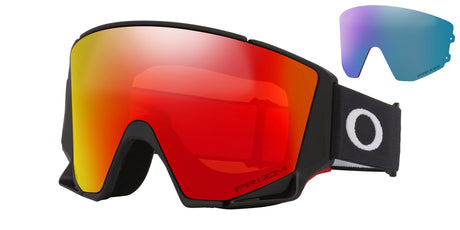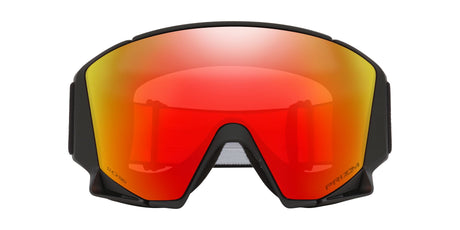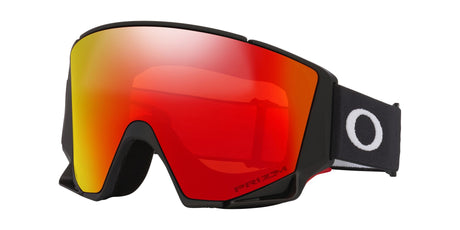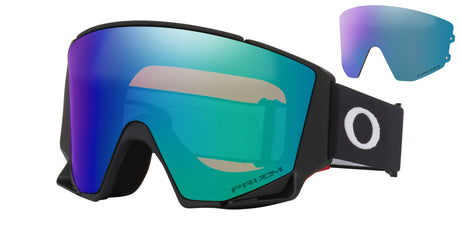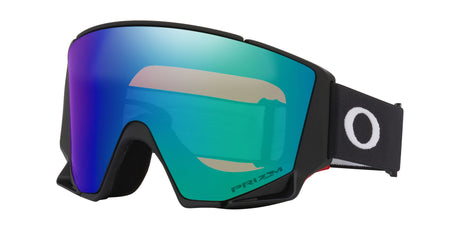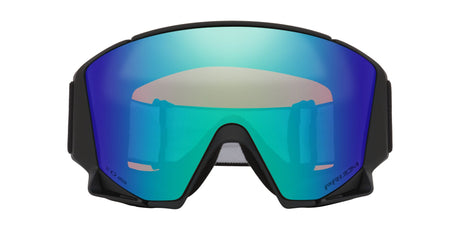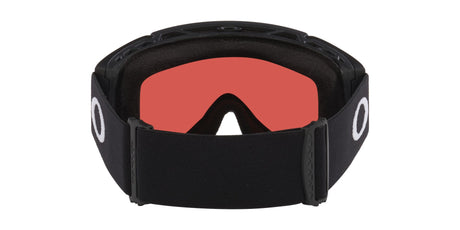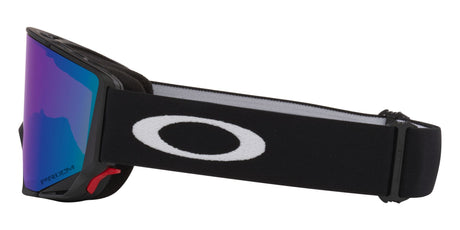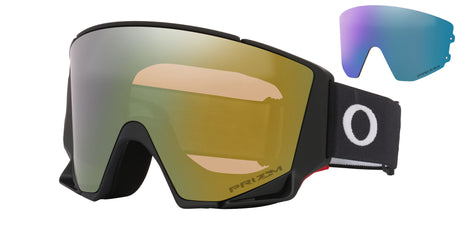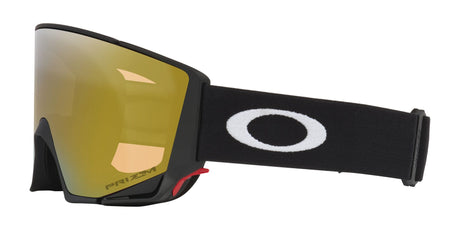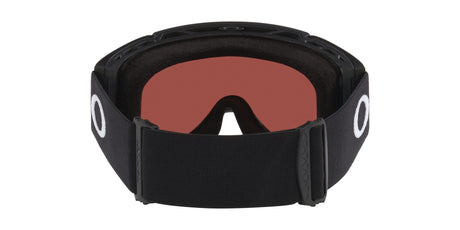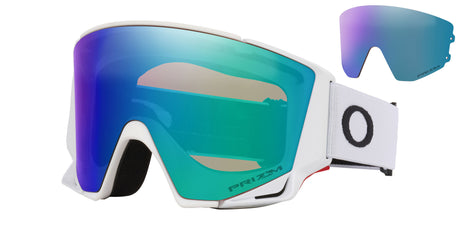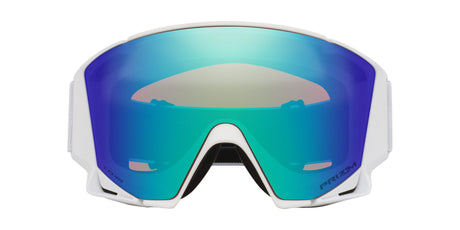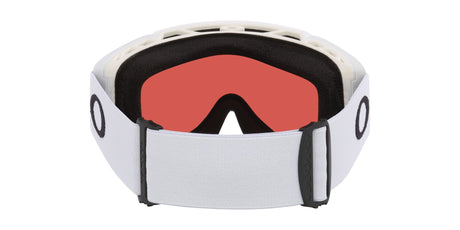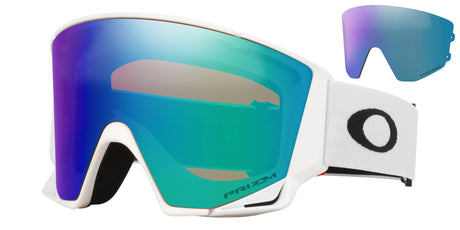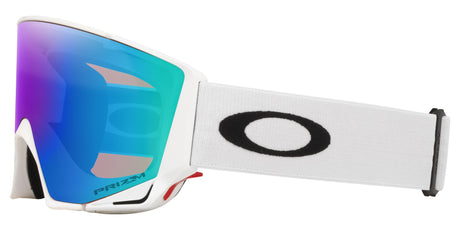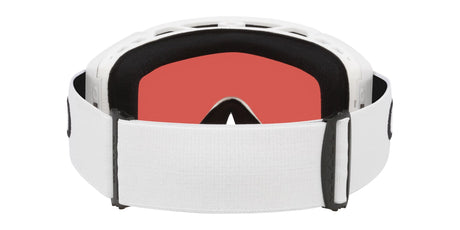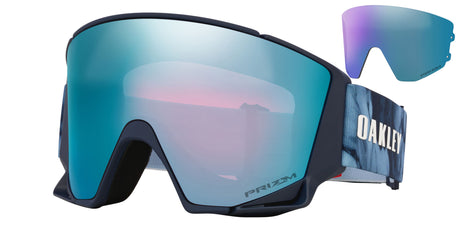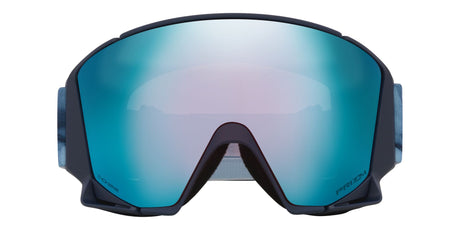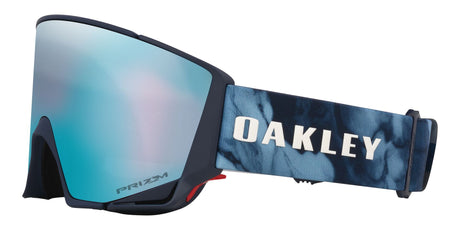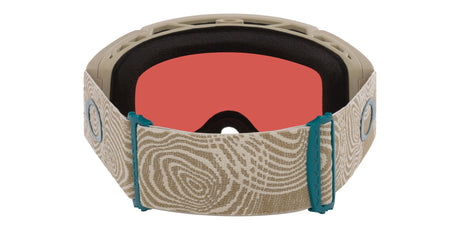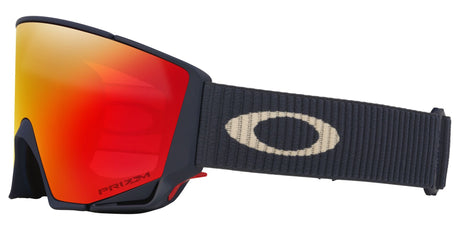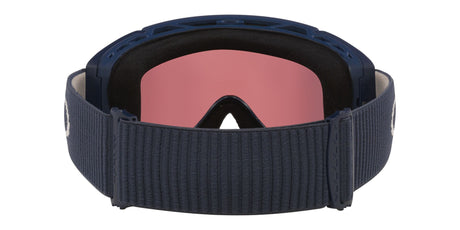In short, polarization is a process in the lens to block annoying glare.
What is glare and why is it bad for your vision?
Brilliant light waves that bounce off a reflective surface such as water, metal or glass. The light rays change from vertical to horizontal rays and cause irritation, causing you to squint or get watery eyes.
How does polarization work?
If your glasses are polarized, there is a layer in the lens that blocks the horizontal rays, while it does not affect the vertical rays - the direct rays of the sun. This means that you no longer suffer from glare, but the amount of sunlight that the lens lets through does not change. The difference between polarization in Oakley lenses and lenses of lesser quality is that the polarization coating in Oakley is in the lens. In cheaper sunglasses, the coating is often on the lens, which means that it wears off after a few times of use.
When is polarization something for you?
If you are often on and around water, polarized lenses can be a solution for you to see comfortably. If you often drive in areas around glass buildings, polarization can also eliminate some of the irritation caused by glare. There is only one situation where polarization can be annoying. LCD screens can be poorly visible due to polarization, so if you often look at screens with your sunglasses on, we advise you not to buy glasses with polarization.


